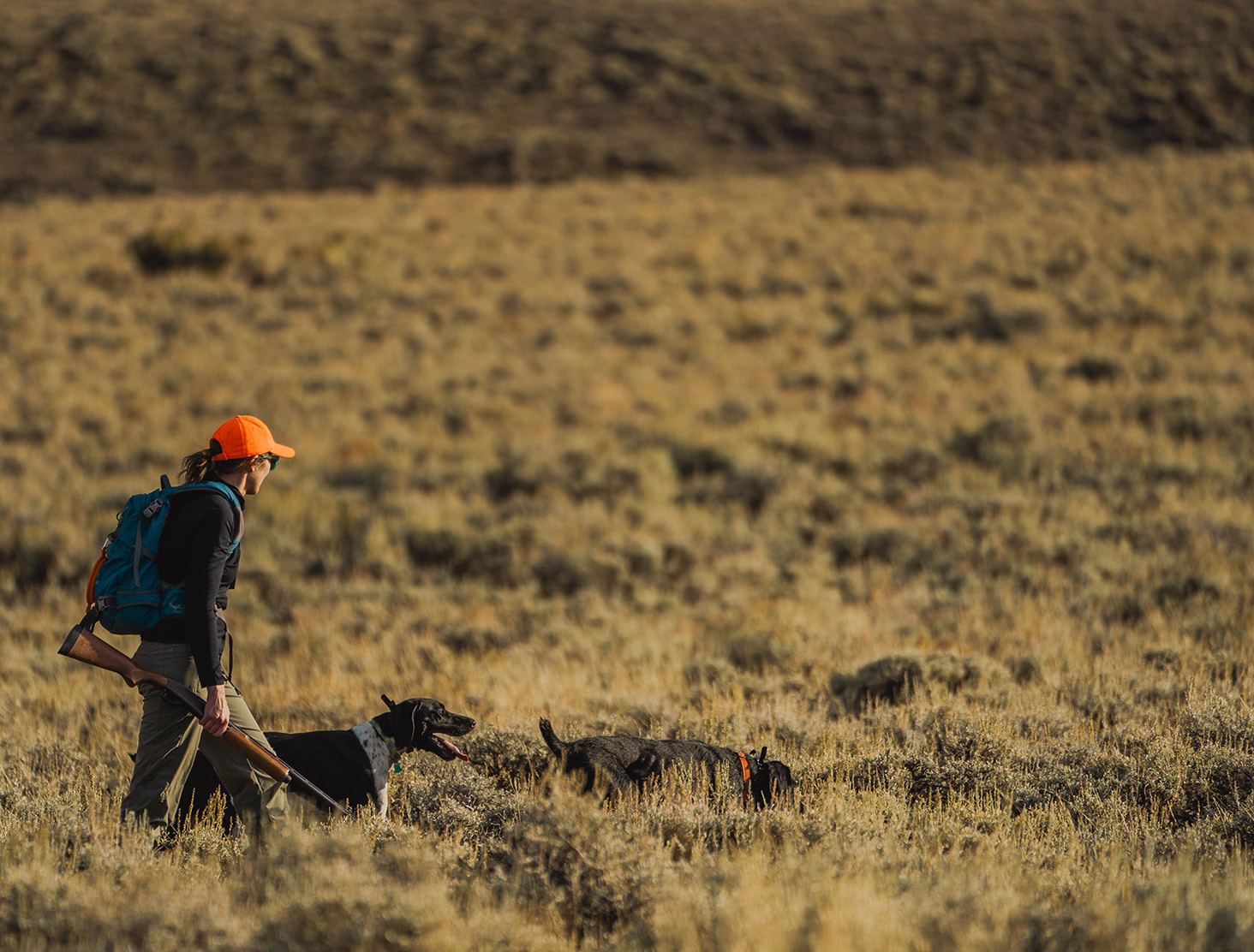
Conservation Easements and Hunting in the Upper Green
Wyoming is known for its iconic wildlife species and has some of the lower 48 states’ longest migration routes for big game species, including mule deer, elk, and pronghorn. These animals are part of one of the largest, nearly intact temperate-zone ecosystems on Earth, inspire both people who call Wyoming home and millions of visitors each year, and support a hunting tradition core to the Wyoming identity and the state’s economic prosperity. In addition to our ample public lands, conservation easements play a critical role in protecting our state’s remarkable wildlife resources.
By restricting development and ensuring sustainable land use in perpetuity, conservation easements help preserve vital habitats for big game species. Easements are instrumental in safeguarding key areas such as crucial seasonal ranges and migration routes, ensuring that elk, mule deer, pronghorn, and moose can continue to roam freely across the landscape and meet their seasonal needs. By working with landowners to conserve and steward their lands, the Green River Valley Program has helped maintain the integrity of Wyoming’s ecosystems while securing important habitat for future generations.
Conservation easements with the GRVP do not automatically grant public access for hunting, but all our easements ensure that lands that support wildlife habitat will not be replaced with development. The GRVP protects over 21,000 acres of Greater Sage-Grouse Core Area, over 35,000 acres of big game crucial ranges, over 7,000 acres of the Red Desert to Hoback mule deer migration corridor and about 16,000 acres of the identified Sublette pronghorn migration corridor in perpetuity, and more projects are in the works!
In return, some revenue from hunting supports permanent habitat protection through conservation easements. In 2020, hunting license revenue alone brought in $56.3 million dollars to the state, according to the Wyoming Wildlife Federation. This does not include additional revenues from equipment and apparel sales, lodging, jobs, guiding costs, and more. The revenue generated from hunting not only supports wildlife management initiatives but also provides funding for habitat restoration, research projects, and education programs.
Hunting, as a form of recreation and an economic driver, plays a crucial role in the conservation and management of these iconic species. Through responsible hunting practices and the preservation of critical habitats via conservation easements, we can ensure wild Wyoming remains a haven for wildlife and a source of pride for generations to come.
Hunter: Kerry Gold and pups, Brass and Boomtown
Photographer: Alexandra Munger